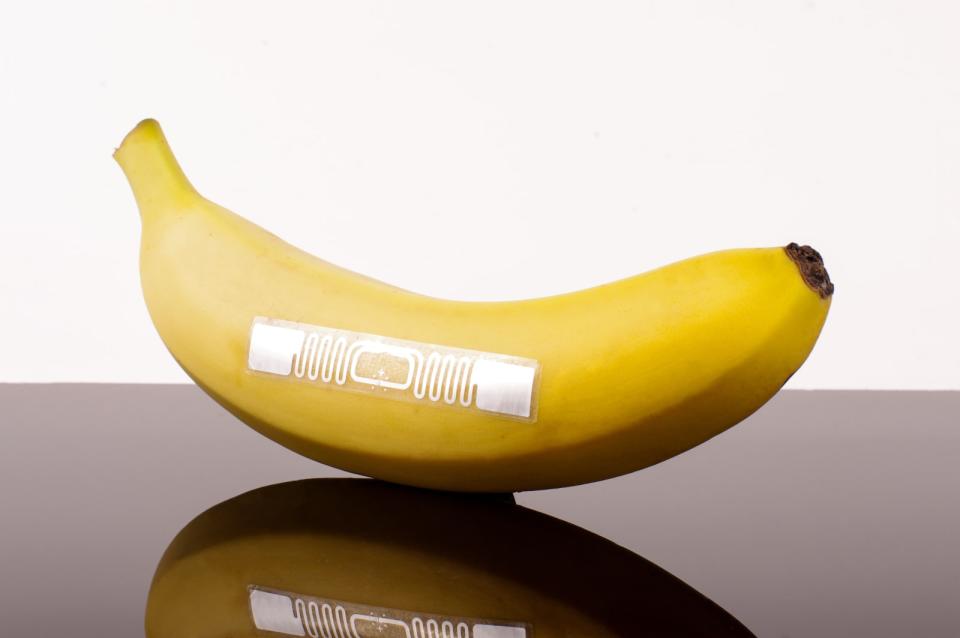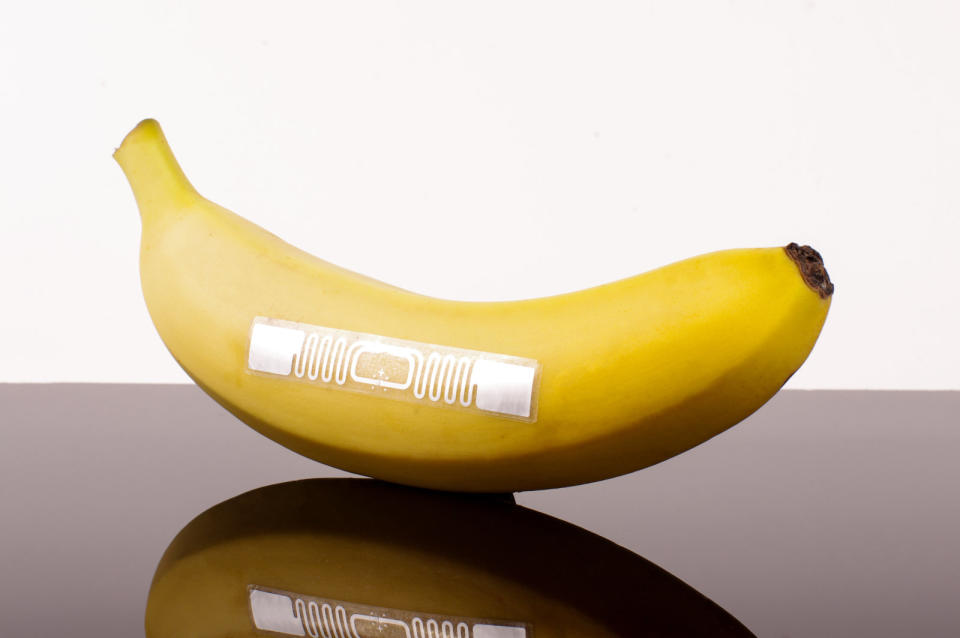Everyday RFID tags could help spot food contamination
MIT has found a way to use the technology as a food safety feature.
You might not need special sensors or old-fashioned inspections to tell whether food has gone bad. If MIT has its way, the tags you already find on your food might do the job. Its researchers have developed a wireless system, RFIQ, that detects potential food contamination based on minute changes in the signals emanating from the RFID tags you often see on containers. As different materials absorb different amounts of the tags' electromagnetic frequencies, you can use a reader to spot changes in response signals and identify food contamination. If a foodstuff dries out, for instance, you'd notice a different signal than when it was still moist.
To make the work simpler, MIT trained a machine learning system to recognize the difference between pure and impure materials and provide a verdict.

RFIQ isn't ready for the grocery store yet. There's a wide variety of containers and other packaging out there, and the scientists want to produce technology sufficiently generalized that it could work with everything from a pickle jar to a package of bacon. The appeal is obvious if it a more universal technology becomes available, though. You'd know whether or not to toss out that old foodstuff without having to sniff or taste it, and grocery stores would be more likely to pull contaminated products before they reach customers.


